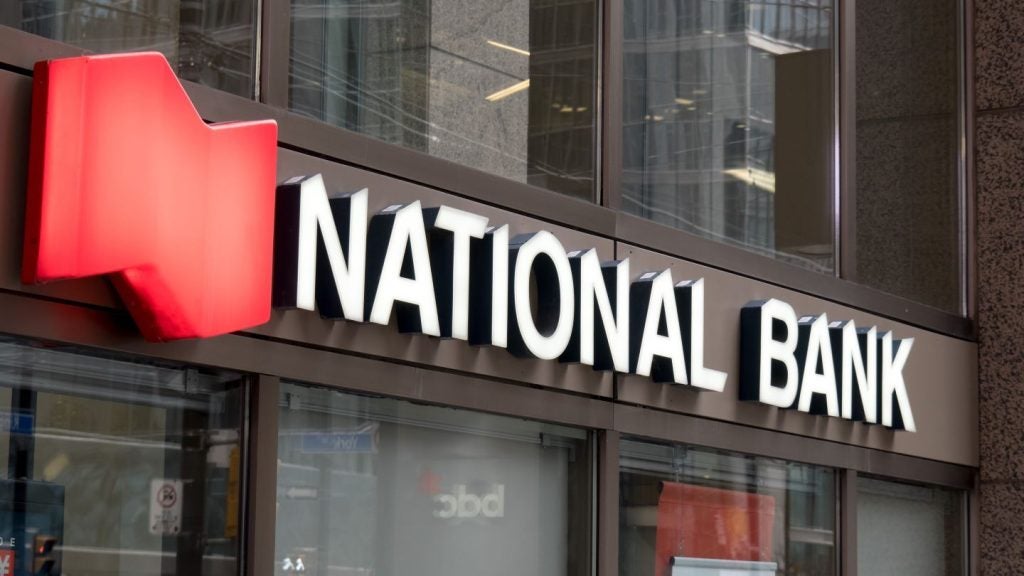Silicon Valley Bank (SVB) and Signature Bank both crashed at a breakneck speed and are yet another example of the destructive power of banking panics. This has led to increased concerns about the stability of the financial system, becoming a central concern for investors in the past month.
Of course, significant uncertainty was instantly reflected in the market value of other banks. Against the backdrop of a heightened risk of a crisis of confidence and a liquidity shortage, the SPDR S&P Regional Banking ETF, which holds shares in 140 US regional banks, saw a decline of over 26% in its value.
Similarly, Invesco KBW Bank’s ETF, which mainly consists of large-cap stocks such as JPMorgan Chase, Citigroup, Wells Fargo, and Bank of America, saw a decrease of more than 23% in its market capitalisation.
Fifth Third Bancorp and Truist Financial Corporation are two banks with a strong position that may not only help them weather the storm but potentially offer attractive returns to investors.
Fifth Third
Founded in 1858, Fifth Third provides banking services in the Midwest and Southeast of the United States and is headquartered in Cincinnati, Ohio. The company operates through Commercial Banking, Consumer and Small Business Banking, as well as Wealth and Asset Management. According to the Federal Reserve, Fifth Third has an estimated $206bn billion in assets, making it the 17th largest bank in the US.
Like virtually all other US banks, Fifth Third suffered losses on its securities portfolio due to rising interest rates. However, these losses are transparent and well-documented on the balance sheet. All securities listed as available for sale amounted to $51.5 billion.
How well do you really know your competitors?
Access the most comprehensive Company Profiles on the market, powered by GlobalData. Save hours of research. Gain competitive edge.

Thank you!
Your download email will arrive shortly
Not ready to buy yet? Download a free sample
We are confident about the unique quality of our Company Profiles. However, we want you to make the most beneficial decision for your business, so we offer a free sample that you can download by submitting the below form
By GlobalDataThe bank is a conventionally well-capitalised bank with high-quality capital to support its operations, which is demonstrated by the CET1 risk-based capital ratio of 11.31 standing at a rate of 6.50%. Tier 1 capital accounts for 11.31% with a minimum requirement of 8.00%. The total risk-based capital ratio is 12.81% at a rate of 10.00%. These two indicators show that FITB has enough capital to handle potential risks. Lastly, their leverage ratio is 9.23%, which is almost double the standard 5.00% requirement, indicating the company is well-positioned to absorb losses and has a low risk of default.
The company’s 2022 results:
- Interest Income was $6.59bn, up 26.4% from a year earlier.
- Net Interest Income stood at $5.61bn compared to $4.77bn a year earlier.
- Net Income fell from $2.66bn to $2.33bn due to higher loan loss provisions.
Truist
Founded in 1872, Truist provides banking and trust services in the South-eastern United States and the Mid-Atlantic states. TFC operates through Consumer Banking, Corporate & Commercial Banking, and Insurance Services.
Truist has a strong deposit base with only 46% of all company deposits being uninsured, which is significantly below the industry average. Although a large portion of their securities portfolio is in held-to-maturity accounts (44.6%), the accumulated deficit in the liabilities side of the balance sheet suggests a significant safety margin. At the end of the last reporting period, the accumulated deficit was equal to $13.6bn with equity of $60.5bn, providing Truist with a good cushion. Even if we assume that the deficit is twice as large (due to the revaluation of securities held to maturity), it still amounts to less than half of equity.
Truist provides its shareholders with a significant dividend yield. It pays out $0.52 per quarter, or $2.08 per year, making a forward dividend yield of about 6%. It also pays out half of its net income in dividends, which can be considered a safe and sustainable ratio. However, the company may adjust its payout policy amid headwinds in the banking industry.
The company’s 2022 results:
- Interest Income was $16.64bn, up 20.8% from a year earlier.
- Net Interest Income stood at $14.32bn billion compared to $13.01bn a year earlier.
- Net Income fell from $6.03bn to $5.93bn due to higher loan loss provisions.
Maxim Manturov is head of investment research at Freedom Finance Europe








Related Company Profiles
JPMorgan Chase & Co
Bank of America Corp
Wells Fargo & Co
Truist Financial Corp
Fifth Third Bancorp